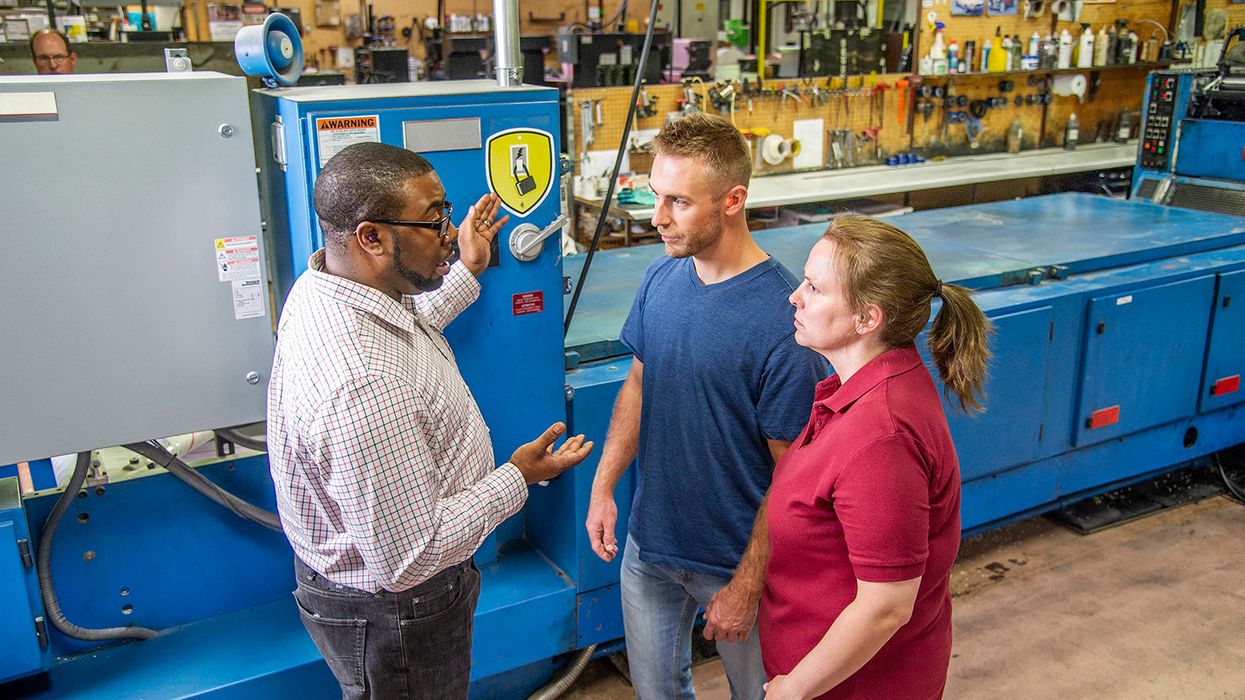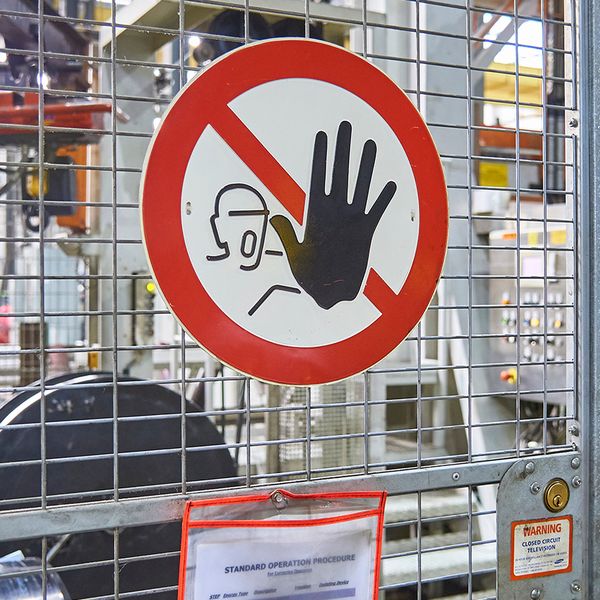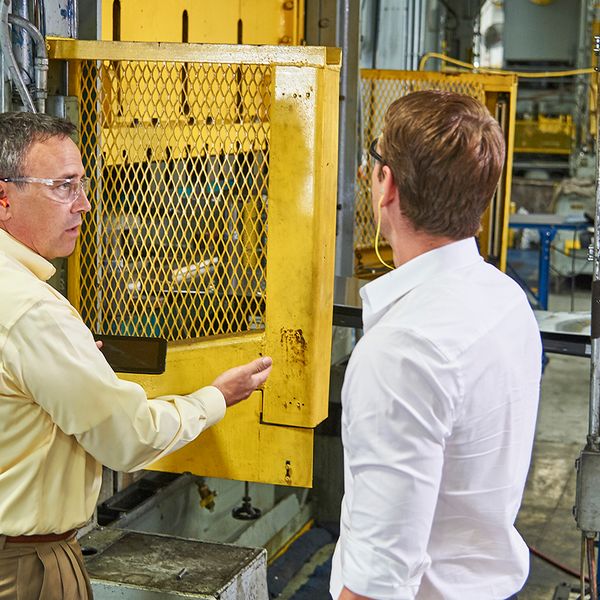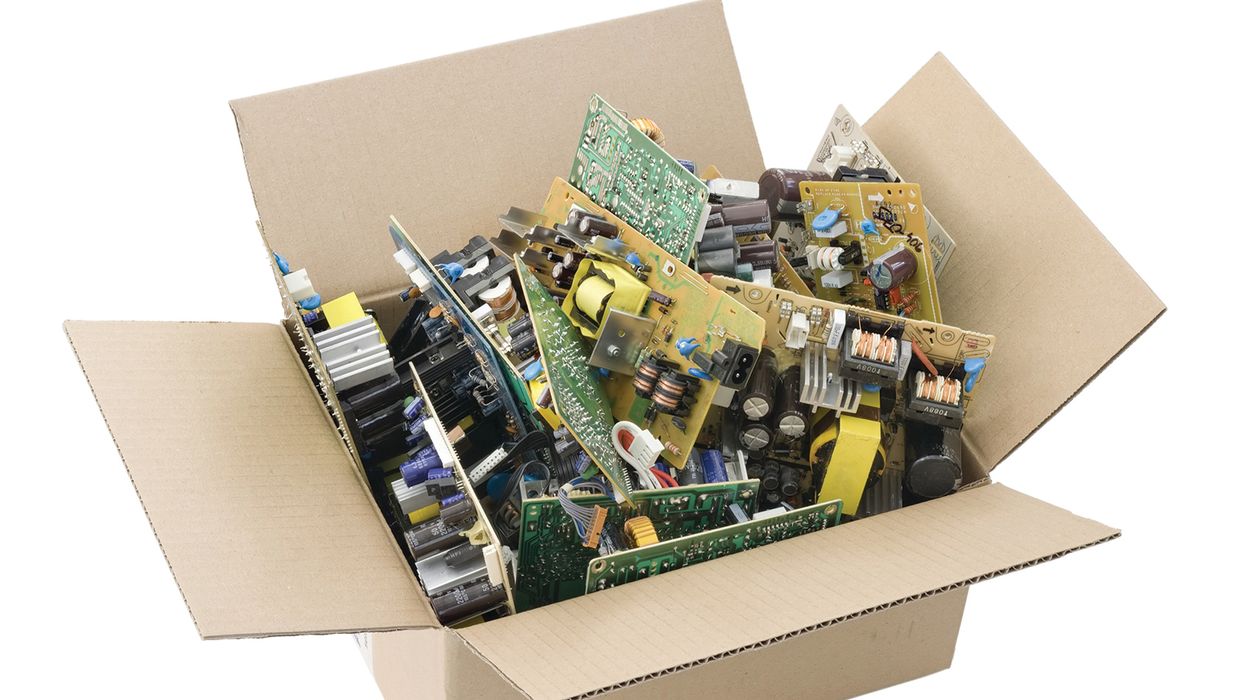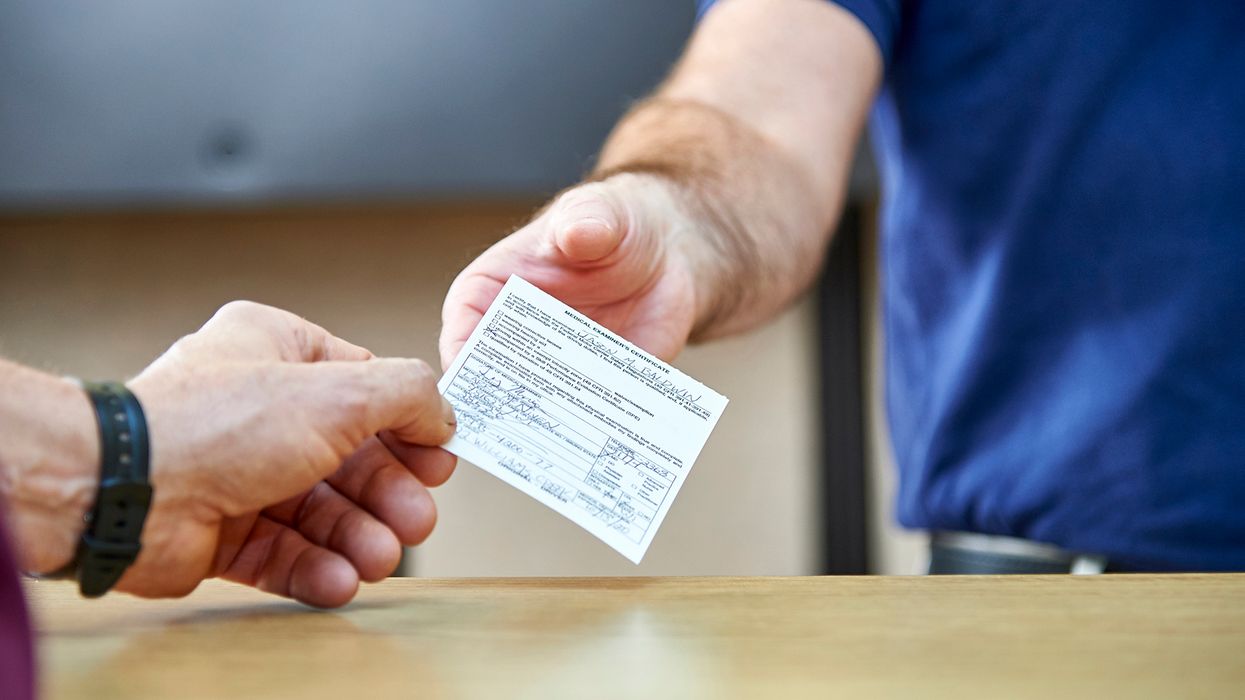Bodyguard, Crossing Guard, and Shin Guard: Why not Machine Guard?
We have no problem when it comes to protecting our celebrities, children, and athletes. So, why not protect workers from machine hazards? Motivating workers to use machine guards and report hazards can help prevent the OSHA-approximated 18,000 annual amputations, lacerations, crushing injuries, abrasions, and over 800 deaths.
What are the regulations for machine guarding?
Since machines with moving parts have the potential to cause serious or catastrophic injuries to their operators, they must be equipped with guards and/or other protective devices. OSHA’s general requirements for machine guarding are covered under 29 CFR 1910.212.
Machine-specific standards are further outlined at:
- 29 CFR 1910.213 — Woodworking machinery including saws, tenoning equipment, boring machines, jointers, planning and molding machines, lathes, and sanders.
- 29 CFR 1910.215 — Abrasive wheel machinery including grinders, cutting-off machines, and automatic snagging machines.
- 29 CFR 1910.216 — Mills and calenders (rubber and plastics industries) including mills, calenders, and auxiliary equipment associated with each.
- 29 CFR 1910.217 — Mechanical power presses
- 29 CFR 1910.218 — Forging machinery including forging presses, hammers, trimming presses, upsetters, boltheaders, riveters, shears, saws, conveyors, and grinders.
- 29 CFR 1910.219 — Mechanical power transmission apparatus
Selecting the best machine guard
Worker safety can’t be ensured unless hazards are fully understood. It’s essential to perform a thorough hazard assessment of machine pinch points, moving parts, and points of operation so appropriate methods of machine guarding can be provided.
Machines that need point of operation guarding include:
- Guillotine cutters and shears;
- Exposed blades;
- Power presses;
- Milling machines;
- Forming rolls and calenders;
- Power saws and other power tools; and
- Revolving drums, containers, and barrels.
Some common types of machine guards include fixed or permanent guards, interlocking guards which turn the machine off when it is opened, and photoelectric devices which stop a machine’s operation when a light beam is broken. Less common guards include pullback or restraint devices which keep hands and arms away from danger zones.
Employers must evaluate which type of guard provides appropriate protection while best suiting their equipment, facility, and worker needs. Remember, the best machine guard is the one that is used! Guards that create additional work for operators or create a hazard should be avoided.
Often-forgotten guarding
Since machine guarding is consistently at the forefront of OSHA’s watch list, employers make every effort to remain compliant. However, there are a couple of often-forgotten machine guarding regulations that can place workers at risk. The two most common are:
- 1910.212(a)(5) requires fan blades with a periphery of less than seven (7) feet above the floor or working level to be guarded and have openings no larger than one-half (½) inch.
And
- 1910.212(b) requires machines designed for a fixed location to be securely anchored to prevent walking or moving. This includes pedestal grinders, drills, and similar equipment.
Key to Remember
Use of machine guarding prevents injuries and saves lives. Performing a complete hazard assessment of machine pinch points, moving parts, and points of operation ensures proper machine guarding can be furnished.

